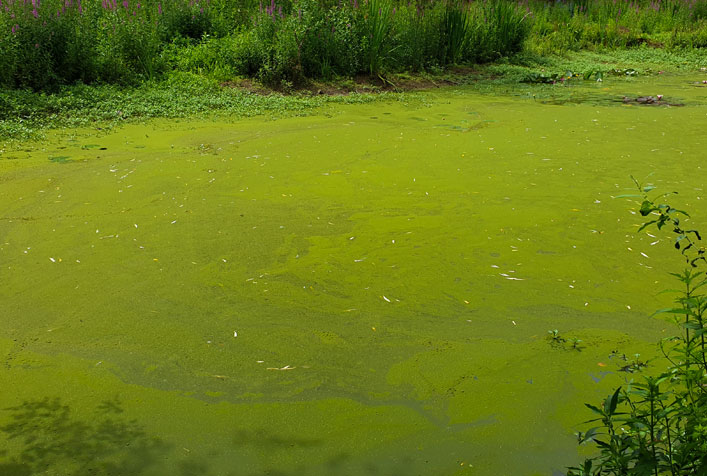Support for Cyanotoxin Monitoring and Management Strategies

Project Brief
The Challenge
Cyanobacteria in waterbodies can cause harmful algal blooms (CyanoHABs) that produce cyanotoxins at levels of concern for human health and aquatic ecosystems. This presents a potentially significant risk to drinking water supplies and recreational waterbodies. Currently, there are no federally enforceable standards for commonly detected cyanotoxins. The Massachusetts Department of Public Health sought ERG’s support in developing and encouraging cyanotoxin monitoring and management strategies to protect human health and recreational use.
ERG's Solution
ERG has been assisting MDPH, in many different ways, with developing and promoting the use of standard approaches and tools for collecting, tracking, reporting, and disseminating data tied to cyanobacteria. For example, ERG supported MDPH in updating their cyanobacteria guidance for local boards of health by researching current best practices. We also organized MDPH’s 2022 Harmful Algal Bloom Workshop— a virtual workshop attended by over 100 representatives of local health departments, state agencies, and stakeholder groups. The workshop provided new information and resources to help during the 2022 HAB season. In 2022, ERG also offered on-call sampling support at recreational waterbodies across the state. When concerns about a potential cyanobacteria bloom were reported to MDPH, the ERG team quickly deployed a field team to sample for cyanobacteria.
Client
Massachusetts Department of Environmental Protection